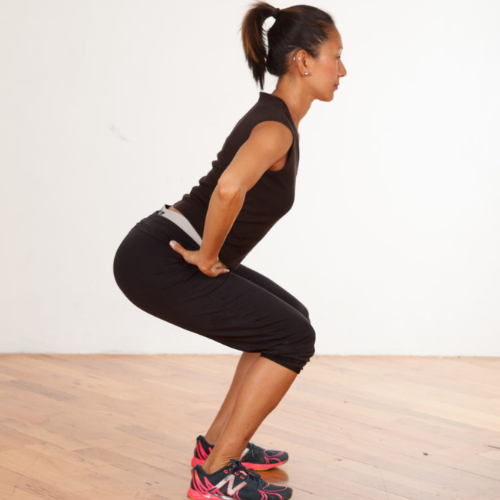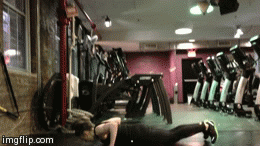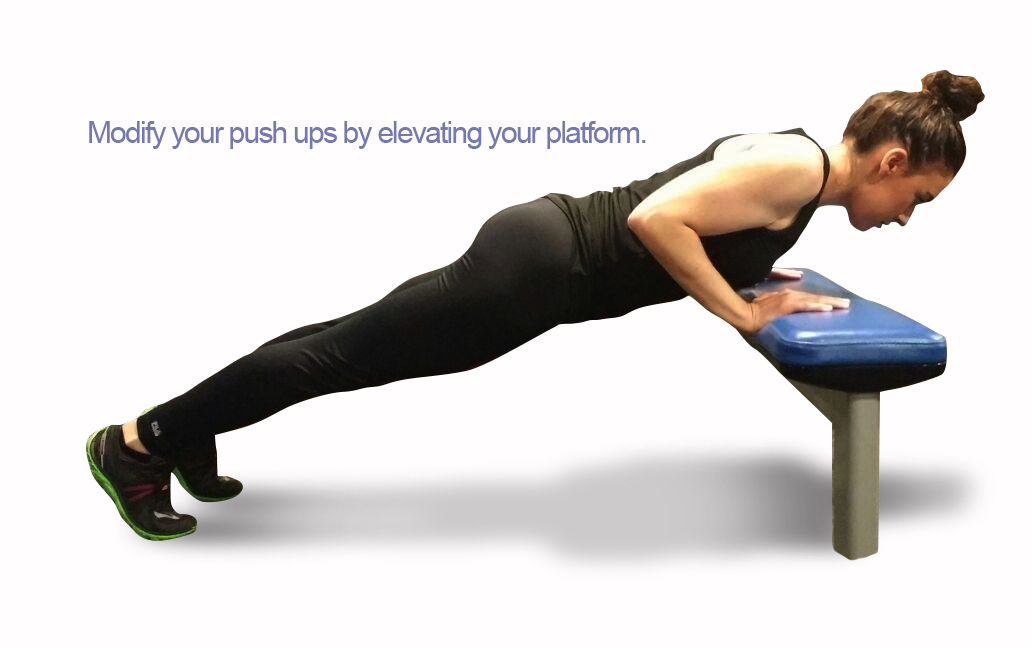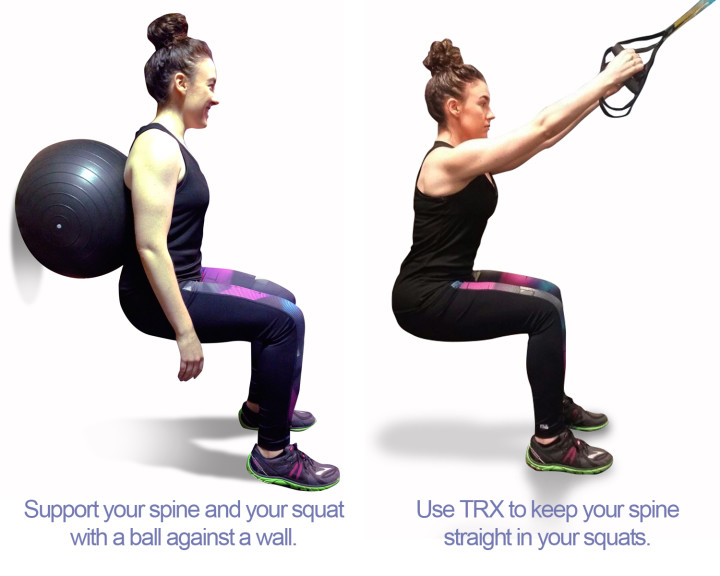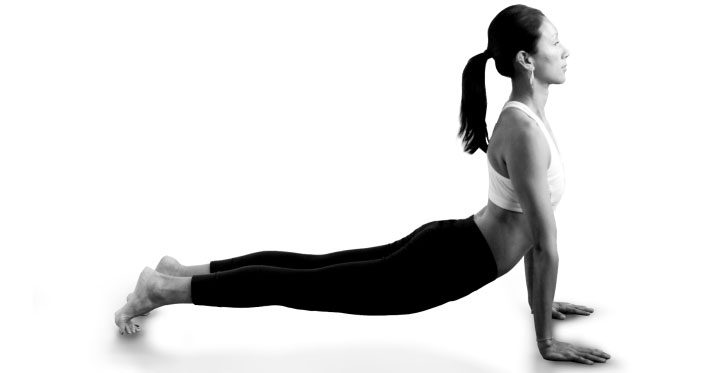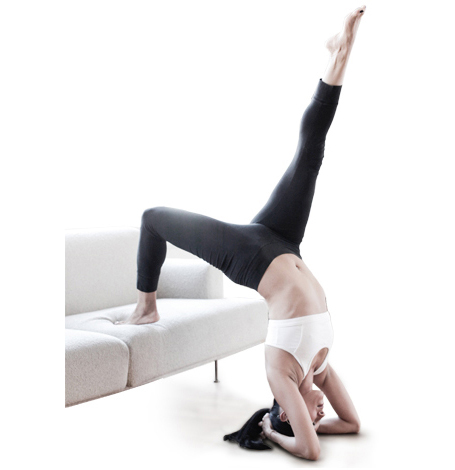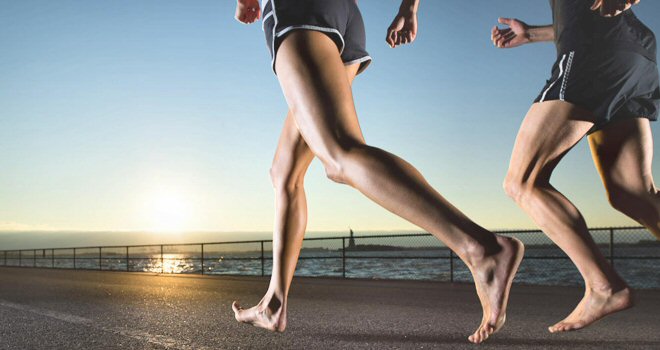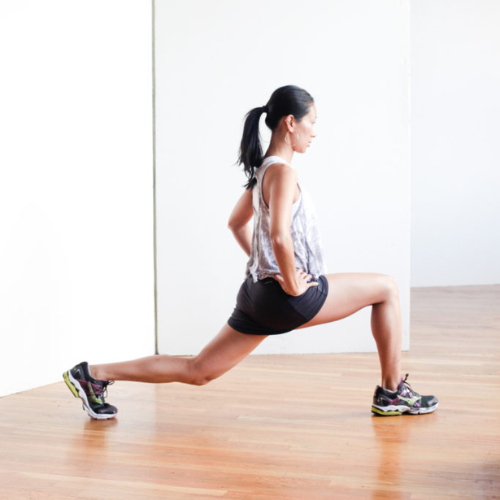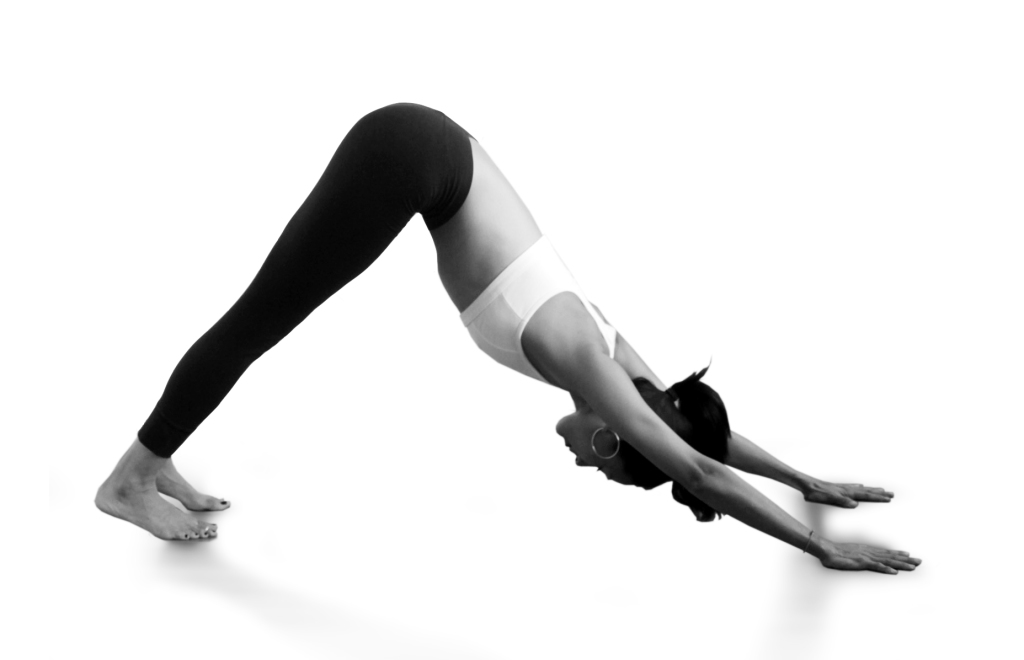Total Body Resistance Exercise (TRX) is a suspension training program that’s known for its strength workouts. The exercises are functional, effective and all dynamically challenge your core by leveraging gravity and your bodyweight as resistance. Here is a great TRX exercise that gets the heart rate up while tapping into your core.
As much as TRX is known for its intensity, it also serves as a great tool to assist in exercises so one can develop better and stronger form. I love using TRX for my workouts but more recently discovered its assistance for getting deeper into yoga poses. Check out these great yoga stretches to try with TRX!
UPWARD FACING DOG
This pose is a back bend and requires strength in the abdominals, legs and upper body to hold the pose. Using the TRX will allow the hips to drop lower giving a better stretch in the abdominal wall and chest. Shifting the weight forward into upward facing dog can be challenging so be sure to engage the core and press firmly through the arms to help stabilize when moving.
Keep in mind! (1) Set up so that the straps are directly under the anchor point (2) Lengthening the straps will deepen the stretch but will also require more core strength (3) Press hands into the handles to push back to standing
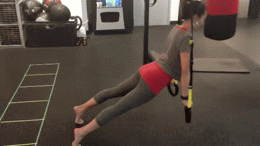
![]()
LOW LUNGE TO STANDING SPLIT
One of my favorite hip openers is Anjaneyasana (Low Lunge). This pose stretches the hip flexors particularly rectus femoris and tensor fasciae latae (TFL) which are both very tight muscles due to prolonged sitting or overuse in exercise. Standing split is a balancing pose that challenges the core and leg strength while stretching the hamstrings. So combining the two poses is not only a great warm up but a great way to open up two very commonly tight areas (hip flexor and hamstrings). The release in both will immediately alleviate lower back pain and tension.
Keep in mind! (1) Twist the handles together so they make one big handle/one strap and line up directly under the anchor point (2) Keep the back leg in strap straight when in low lunge pose (3) Keep the front knee slightly bent when in standing split (4) Make sure to keep a flat back and chest up when in low lunge
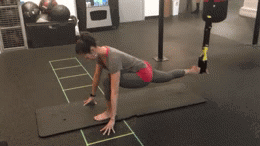
![]()
HALF ANKLE TO KNEE (PREP FOR TIP TOE POSE)
A very challenging hip opener as it requires flexibility in so many areas. All muscles in the LPHC (lumbo-pelvic-hip complex) must be open to sit in the full Tip Toe Pose. However modifying with half ankle to knee helps to release tension in the glutes and hip external rotators. The TRX straps will help with balance so that you can sit as low as you can while keeping a straight spine. Moving from seated to standing position will warm up the hip but also strengthen the quadriceps of the standing leg. This stretch will also help deepen your Pigeon Pose and Seated Ankle to Knee.
Keep in mind! (1) Keep your back straight and chest up (2) Very important to flex the foot placed on the knee to protect the joint (3) Move hips back (as if sitting in a chair) when bending the knee (4) Don’t be afraid to use the arms to help pull up to standing
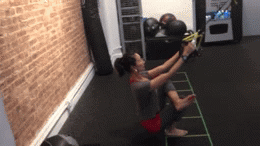
Stretching is an essential part of being fit. Without full of range of motion, your body is restricted to complete any exercise or pose in its proper and ideal form. Find time to incorporate stretching and/or a yoga practice into your weekly fitness routine. Using fitness props such as TRX straps, blocks, yoga straps, bolsters will aid tremendously on modifying and assisting so the body is aligned and working safely, efficiently and pain free. Now…Go Stretch!


